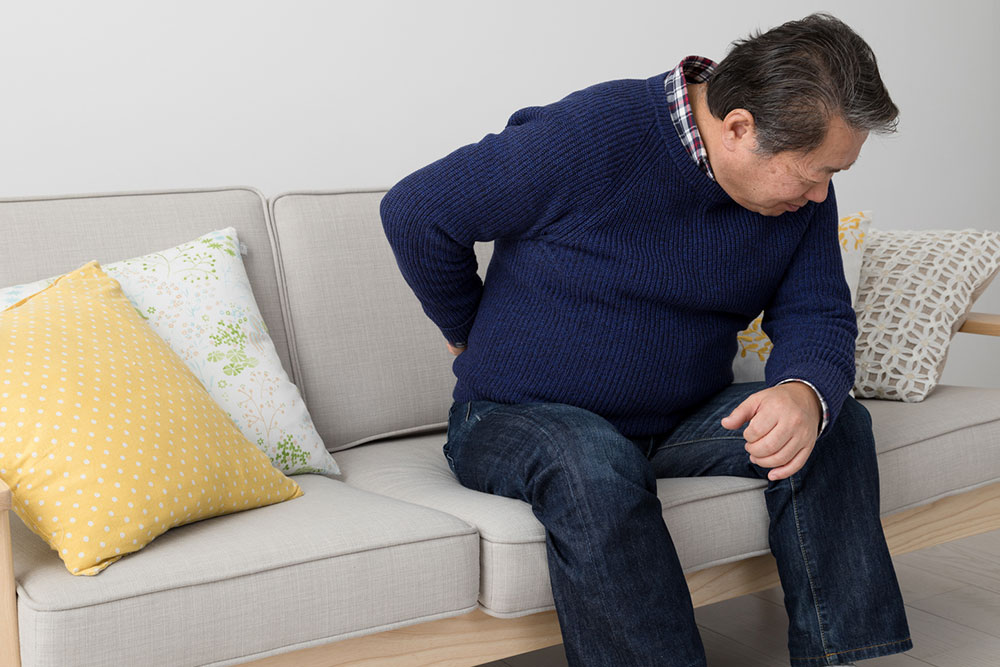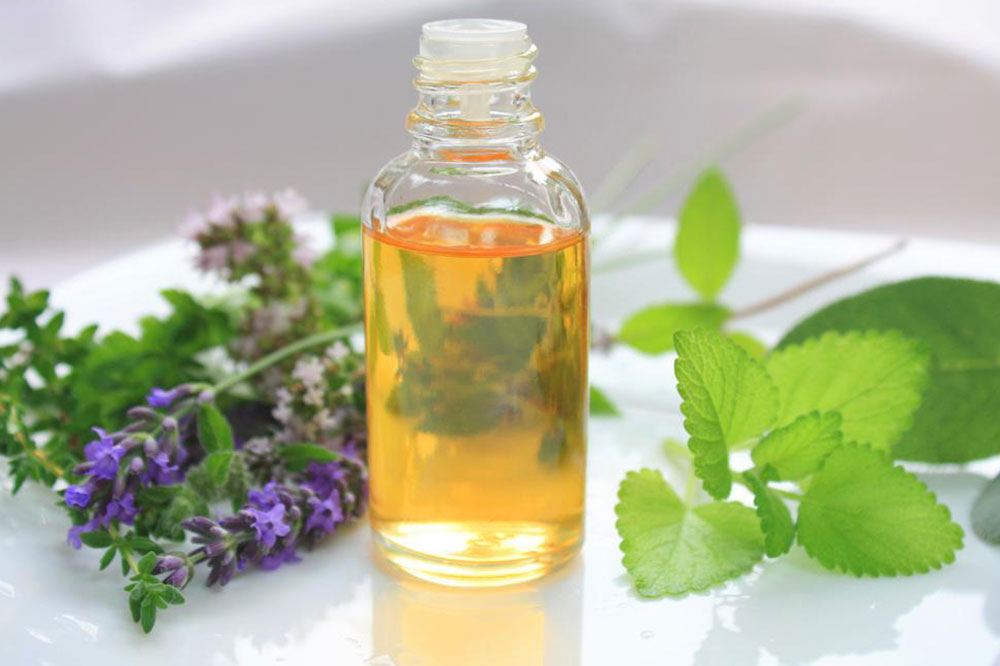Comprehensive Guide to Fast-Tracking Relief from Chronic Pain and Discomfort
This comprehensive guide explores effective, practical strategies for rapid relief from chronic pain. From gentle exercise and heat/cold therapy to acupuncture and relaxation techniques, discover how to manage persistent discomfort efficiently. Designed to empower individuals, this article highlights simple methods and professional treatments that can improve quality of life and promote healing. Learn how to implement these techniques to alleviate chronic discomfort, enhance sleep, and boost overall well-being for a healthier, more comfortable life.

Comprehensive Strategies to Achieve Rapid Relief from Persistent Chronic Pain
Chronic pain fundamentally differs from typical discomfort caused by minor injuries or muscle strains, which generally resolve within hours or a few days. Instead, chronic discomfort persists for long periods—lasting for three to six months or even longer—becoming a significant obstacle to everyday life for millions of individuals. It affects an estimated 11-14% of the American population and approximately 20% globally, making it a widespread health concern that requires effective management. Understanding the underlying nature of chronic pain is essential for developing effective relief strategies. Unlike acute pain associated with injuries or temporary conditions, chronic pain often lacks a clear origin, but it signals deeper issues such as longstanding injuries, osteoarthritis, nerve damage, or spinal abnormalities. Because of its complex nature, consulting healthcare professionals for diagnosis and treatment is crucial.
While seeking professional medical intervention should be a priority for managing chronic pain, there are numerous simple yet effective methods that can offer temporary relief and improve overall well-being. Implementing these techniques can empower individuals to reduce discomfort and regain control over their daily lives. Below are some practical strategies designed to provide quick relief from persistent pain. Experiment with these methods to discover which combination works best for your unique condition.
Maintain Gentle Physical Activity
Engaging in gentle exercise may appear counterintuitive for those experiencing pain, but it is often highly beneficial. Physical activity prompts the release of endorphins—your body's natural painkillers—which help diminish pain signals and elevate mood. Activities such as short walks, light stretching, or low-impact aerobic exercises can improve flexibility, enhance circulation, and strengthen muscles. Regular movement not only helps manage pain but also prevents further stiffness and deterioration of the affected areas.
Leverage Heat and Cold Therapy for Immediate Relief
Applying heat and cold packs is a cornerstone in managing pain effectively. Heat therapy, through warm compresses, hot packs, or soothing baths, encourages muscle relaxation, improves blood flow, and eases tension. Conversely, cold therapy—using ice packs or cold compresses—reduces inflammation, diminishes swelling, and provides numbing relief from acute pain. Alternating between heat and cold treatments can be particularly effective, providing a balanced approach to managing discomfort and promoting healing.
Optimize Restful Sleep for Pain Recovery
Quality sleep is vital for physical recovery and pain mitigation. Poor sleep can exacerbate pain sensations and hinder healing processes. To improve sleep quality, create a comfortable sleep environment with supportive mattresses, ergonomic pillows, and calming scents like lavender. Establishing a consistent sleep routine and avoiding stimulants before bedtime further enhances restorative sleep. Proper rest allows your body to repair tissues, reduce inflammation, and lower pain levels over time.
Explore Acupuncture as a Pain Management Tool
Since centuries, acupuncture has been used to alleviate back, muscle, and joint pain. This traditional Chinese therapy involves inserting fine needles into specific points on the body—known as acupoints—to relieve muscular tension and rebalance energy flows. Scientific research supports acupuncture’s role in stimulating the release of endorphins, which helps in blocking pain pathways. Moreover, some individuals find self-acupuncture techniques helpful; by learning specific acupoints and applying gentle pressure using fingers or knuckles, they can effect relief without professional intervention.
Incorporate Relaxation and Massage Techniques
Relaxation methods, including massage therapy, massage devices, and self-massage, can significantly reduce muscle stiffness and promote feelings of well-being. Therapeutic massages like Swedish, deep tissue, or myofascial release target tense muscles, improve circulation, and alleviate pain. These treatments also help reduce stress levels, which often intensify perceptions of discomfort. Before starting massage therapy, consult healthcare providers to ensure it aligns with your condition and avoid potential contraindications. Regular massages can be integrated into your pain management routine for sustained benefits.





